Supercomputer Simulations Help Optimize Floating Wind Farms
Researchers used SDSC's Comet supercomputer to better understand the wake effects of large floating wind farm arrays, which have become more prevalent in recent years.

Researchers used SDSC's Comet supercomputer to better understand the wake effects of large floating wind farm arrays, which have become more prevalent in recent years.
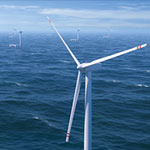
Researchers at the University of California San Diego figured out a way to combine FDA-approved ultrasound with engineered glass particles to boost the effectiveness of immunotherapy in glioblastomas.
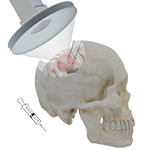
UC San Diego neurophysics research supplies a blueprint for a future generation of electrode sensors that utilizes existing yet nontraditional materials and fabrication procedures to record electrical signals from every neuron in the cortex of the brain—at the same time.
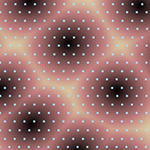
The U.S. News and World Report Best Colleges Guidebook ranked the University of California San Diego the nation’s 10th best public university, up two spots compared to last year. The guidebook features a new ranking this year, “Top Performers for Social Mobility,” which named the campus 14th.
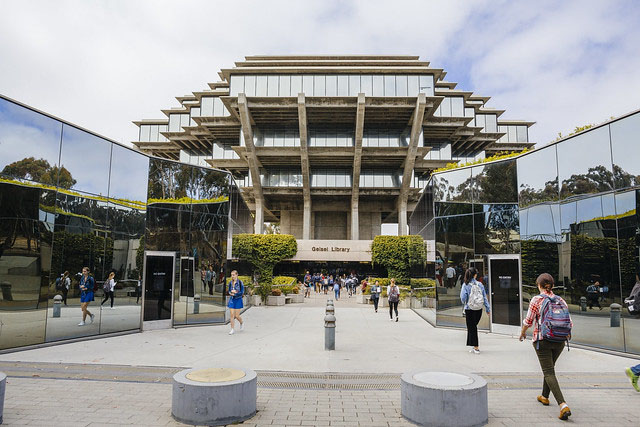
The San Diego Center for AIDS Research (CFAR) at University of California San Diego has been awarded planning grants to help the federal government achieve its goal of reducing the number of new HIV infections in the United States by 90 percent by 2030.
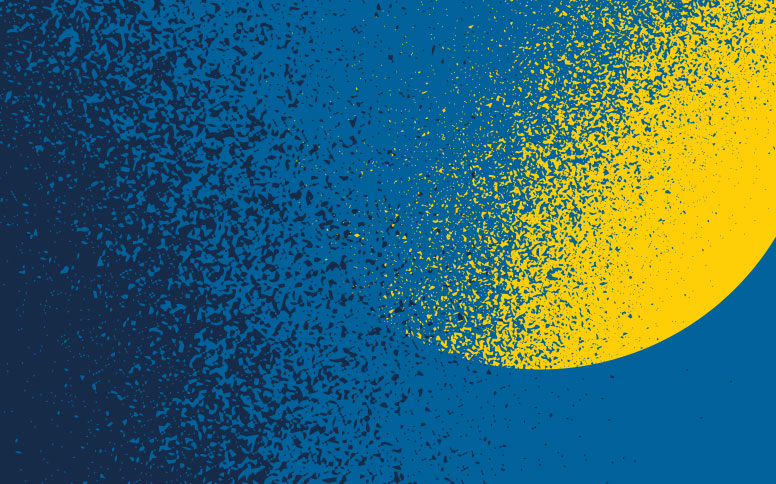
The NSF has awarded SDSC and its partners a three-year, $5.9 million grant to host the EarthCube Office as part of the ongoing NSF-funded EarthCube program.
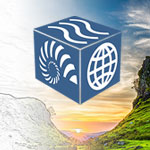
VICE, August 28
Keep up with all the latest from UC San Diego. Subscribe to the newsletter today.
You have been successfully subscribed to the UC San Diego Today Newsletter.